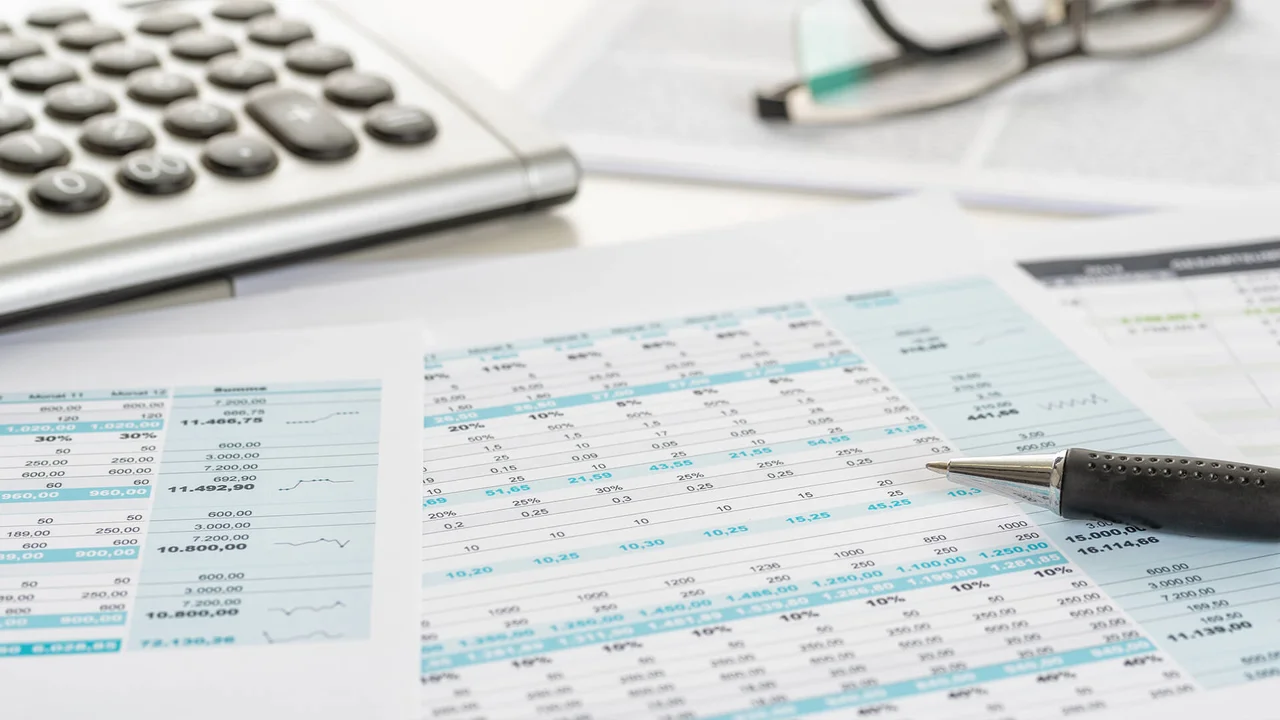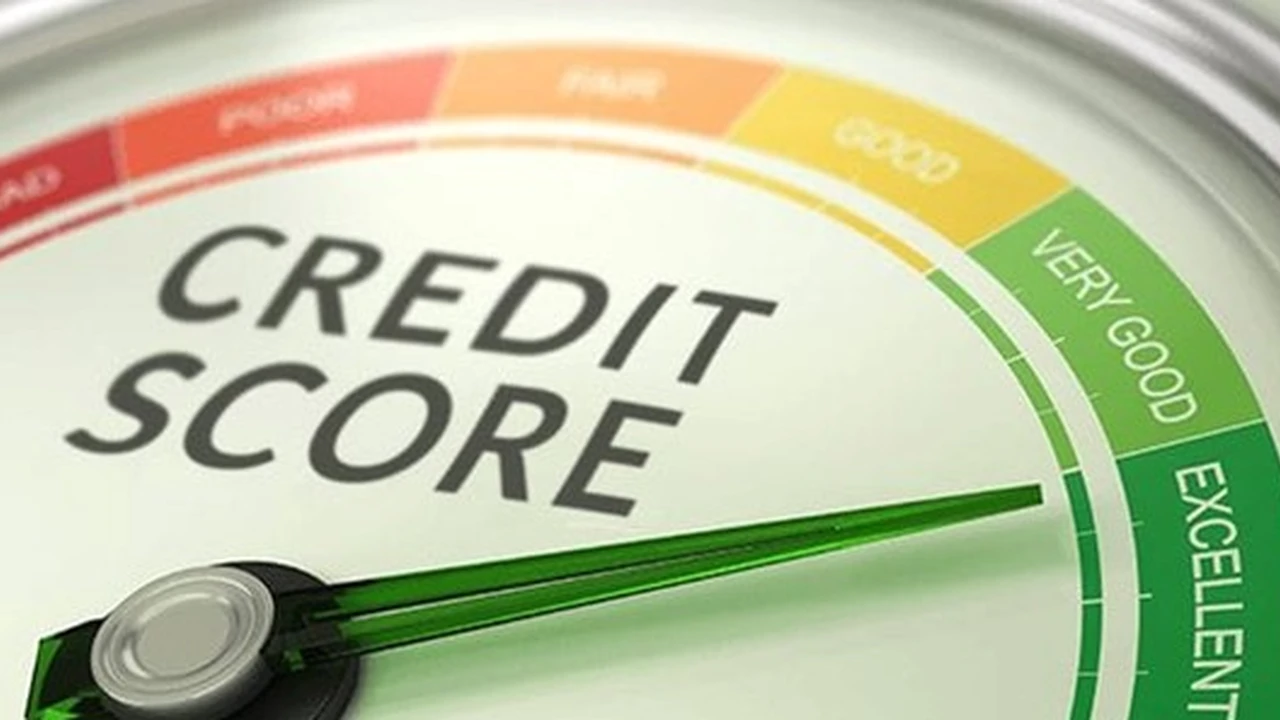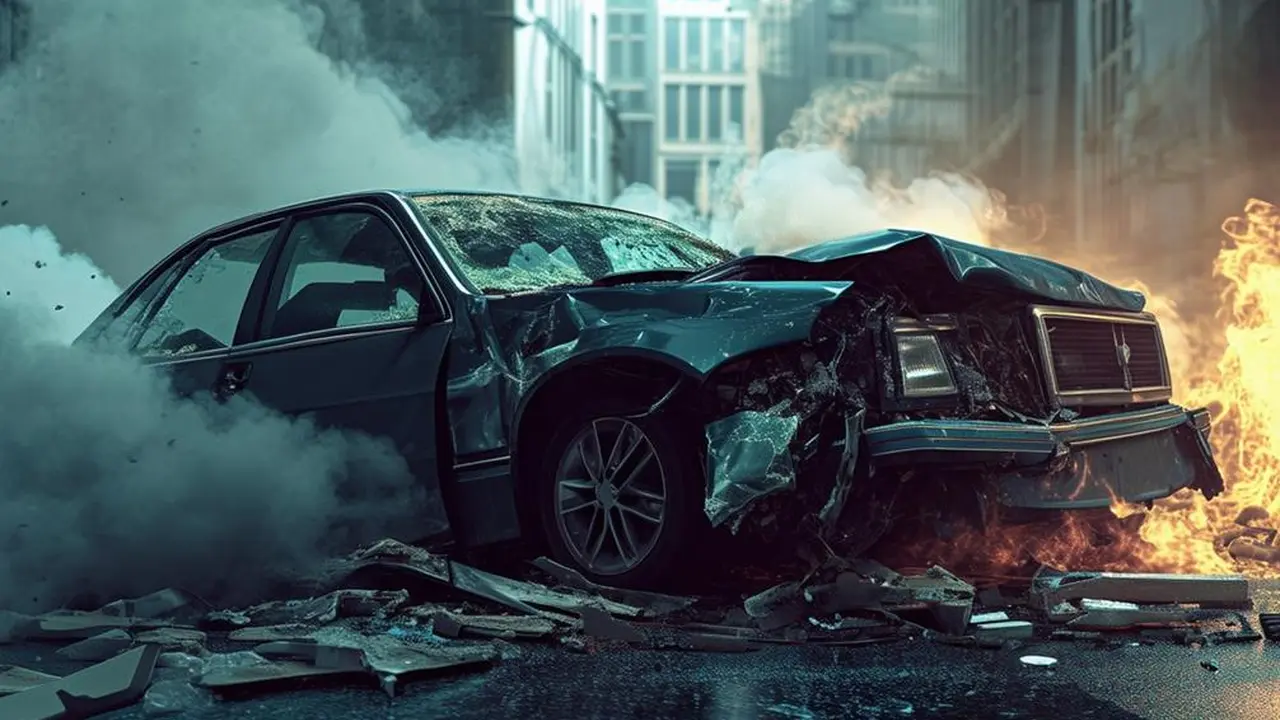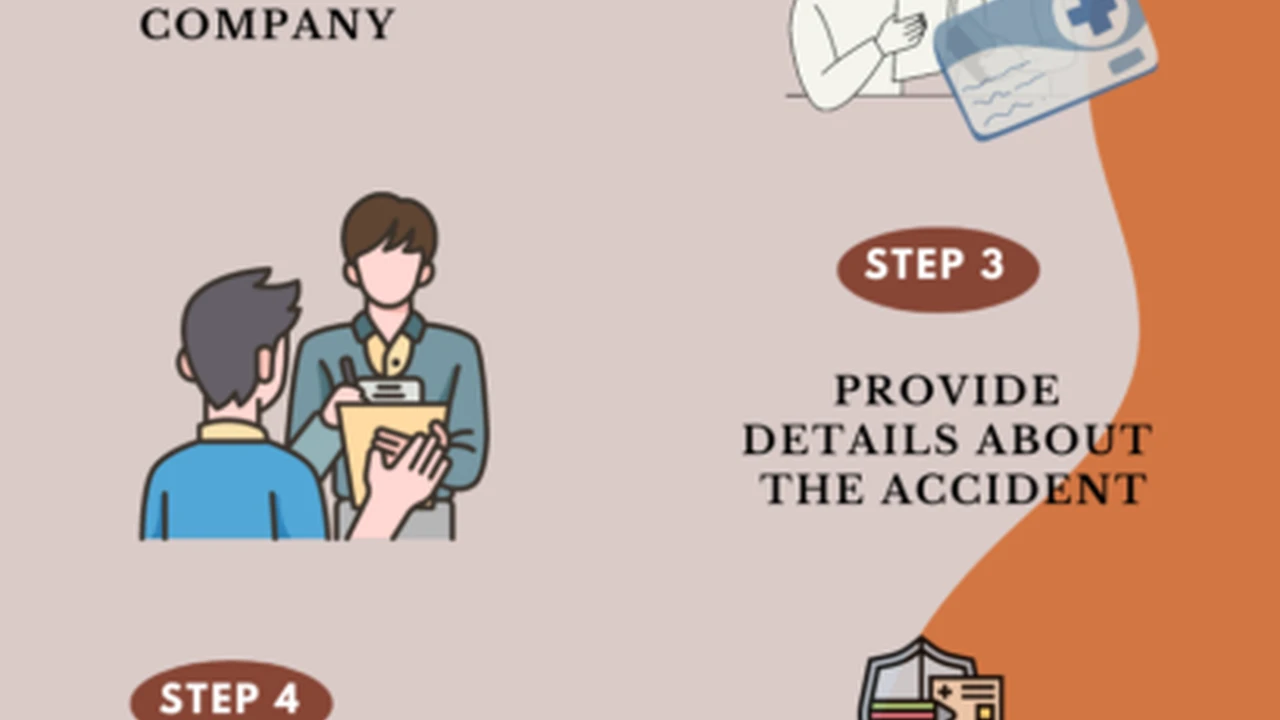Liability Insurance: Protecting You from Financial Risk

Alright, let's talk liability insurance. You've probably heard the term thrown around, but what does it *really* mean? Basically, it's the part of your car insurance that protects you if you're at fault in an accident and someone else gets injured or their property gets damaged. Think of it as a financial safety net, preventing you from getting completely wiped out if you're responsible for an accident.
Understanding the Basics of Liability Car Insurance Coverage
So, how does it work? Liability coverage has two main components: Bodily Injury Liability and Property Damage Liability. Bodily injury covers the medical expenses, lost wages, and pain and suffering of the other person(s) involved in the accident. Property damage covers the cost to repair or replace their vehicle or other property (like a fence or building). Each state has minimum liability coverage requirements, but those minimums are often woefully inadequate. We'll get into why you need more coverage than the bare minimum later.
Why You Absolutely Need More Than the Minimum Liability Insurance Coverage
Here's the deal: those state minimums? They're a joke. Seriously. Think about it. What if you rear-end a brand new Mercedes and the driver needs surgery? The minimum coverage might only cover a fraction of the costs. And guess who's on the hook for the rest? You are! That could mean your savings, your house, even your future wages could be at risk. Don't skimp on liability coverage. It's the most important part of your policy.
Decoding Liability Insurance Policy Limits and What They Mean for You
You'll see liability limits expressed as a series of numbers, like 25/50/25. Let's break that down. The first number (25 in this example) is the Bodily Injury Liability Coverage limit *per person* in thousands of dollars. So, $25,000 is the maximum your insurance will pay for injuries to one person in an accident you caused. The second number (50) is the Bodily Injury Liability Coverage limit *per accident*, again in thousands of dollars. That means $50,000 is the maximum your insurance will pay for *all* injuries in a single accident you caused. The third number (25) is the Property Damage Liability Coverage limit *per accident*, in thousands of dollars. So, $25,000 is the maximum your insurance will pay for damage to the other person's car or property. Consider higher limits, like 100/300/100 or even 250/500/250, especially if you have assets to protect.
Real-Life Scenarios: How Liability Insurance Protects You From Financial Ruin
Let's say you're driving and accidentally run a red light, hitting another car. The driver sustains injuries requiring medical treatment, and their car is totaled. Without adequate liability coverage, you could be facing a lawsuit for medical bills, lost wages, car repairs, and even pain and suffering. The costs can quickly escalate into the hundreds of thousands of dollars. Liability insurance steps in to cover these costs, up to your policy limits. Another scenario: you're backing out of your driveway and accidentally hit your neighbor's mailbox and damage their landscaping. Property damage liability covers the cost of repairing or replacing the mailbox and fixing the landscaping. It's not just major accidents; even minor incidents can lead to financial headaches without proper coverage.
Comparing Different Types of Liability Insurance Products and Their Costs
Okay, so you know you need liability insurance, but what are your options? Most major insurance companies offer liability coverage as part of their standard auto insurance policies. Let's look at a few examples (remember, these are just examples, and prices can vary greatly depending on your driving record, location, vehicle, and other factors):
- State Farm: State Farm is known for its solid customer service and a wide range of coverage options. A policy with 100/300/100 liability limits for a driver with a clean record might cost around $800-$1200 per year.
- GEICO: GEICO is often a good choice for budget-conscious drivers. They're known for their aggressive advertising and competitive rates. The same 100/300/100 liability limits might cost around $700-$1100 per year.
- Progressive: Progressive offers a variety of discounts and a user-friendly online experience. Their "Name Your Price" tool can help you find coverage that fits your budget. Expect to pay somewhere in the range of $750-$1150 for similar coverage.
- Allstate: Allstate is another major player with a reputation for strong financial stability. They offer a variety of add-ons and coverage options. Pricing could be in the $850-$1250 range for 100/300/100.
Important Considerations: These prices are just estimates. To get an accurate quote, you'll need to contact the insurance companies directly and provide them with your specific information. Also, remember that price isn't everything. Consider the company's reputation for customer service and claims handling. Read reviews and compare quotes from multiple companies before making a decision.
Specific Use Cases: When Liability Insurance Really Saves the Day
Let's dive into some specific scenarios where liability insurance proves its worth:
- Distracted Driving Accident: You're briefly distracted by your phone and rear-end another car at a stoplight. The other driver suffers whiplash and needs physical therapy. Your liability insurance covers their medical bills and lost wages.
- Bad Weather Conditions: You're driving in heavy rain and hydroplane, causing you to swerve into another lane and collide with another vehicle. Liability insurance covers the damage to the other car and any injuries sustained by the driver.
- Teen Driver Accident: Your teenage son or daughter is driving your car and causes an accident. Your liability insurance extends to cover their actions while driving your vehicle (assuming they are a listed driver on your policy). This is a crucial point for parents!
- Out-of-State Accident: You're driving on vacation and cause an accident in another state. Your liability insurance will typically cover you, but it's a good idea to check your policy to ensure you have adequate coverage for the states you'll be visiting.
Navigating the Claims Process: What to Do After an Accident
Okay, so you've been in an accident and you're at fault. What now? Here's a general overview of the claims process:
- Safety First: Ensure everyone is safe and call 911 if necessary.
- Exchange Information: Exchange insurance information with the other driver, including names, addresses, phone numbers, and insurance policy numbers.
- Document the Scene: Take photos of the damage to both vehicles and the accident scene.
- Notify Your Insurance Company: Contact your insurance company as soon as possible to report the accident.
- Cooperate with the Investigation: Your insurance company will investigate the accident and determine liability. Cooperate fully with their investigation.
- The Claims Adjuster: A claims adjuster will be assigned to your case. They will handle the communication with the other driver's insurance company and negotiate settlements.
- Potential Lawsuit: If the other driver is not satisfied with the settlement offered by your insurance company, they may file a lawsuit. Your insurance company will provide legal representation if necessary.
Choosing the Right Liability Insurance: A Comprehensive Guide
Choosing the right liability insurance is a personal decision that depends on your individual circumstances. Here are some factors to consider:
- Your Assets: The more assets you have (house, savings, investments), the more liability coverage you need to protect them.
- Your Driving Habits: If you drive a lot or have a history of accidents, you may want to consider higher liability limits.
- Your State's Laws: Understand your state's minimum liability coverage requirements, but don't settle for the minimum.
- Your Budget: Balance your need for adequate coverage with your budget.
Frequently Asked Questions (FAQs) About Liability Insurance
Let's tackle some common questions about liability insurance:
- What happens if I don't have enough liability coverage? If you're at fault in an accident and your liability coverage isn't enough to cover the damages, you'll be personally responsible for the remaining costs. This could mean paying out of pocket, selling assets, or even facing wage garnishment.
- Does liability insurance cover my own injuries or vehicle damage? No, liability insurance only covers the injuries and property damage of the other party in an accident you caused. You'll need other types of coverage, such as collision and comprehensive, to cover your own losses.
- Can I increase my liability coverage limits? Absolutely! Contact your insurance company to increase your liability coverage limits. It's generally a relatively inexpensive way to protect yourself from significant financial risk.
- What is an umbrella policy, and should I consider getting one? An umbrella policy provides an extra layer of liability coverage above and beyond your auto and homeowners insurance policies. It's a good option for people with significant assets to protect.
The Importance of Regular Policy Reviews and Updates for Liability Coverage
Life changes. Your income changes. Your assets change. Your driving habits might change. That's why it's crucial to review your insurance policy regularly, at least once a year, and whenever you experience a significant life event (marriage, divorce, buying a house, etc.). Make sure your liability coverage still adequately protects your assets and meets your needs. Don't wait until after an accident to realize you're underinsured!
Comparing Liability Insurance Options: A Side-by-Side Analysis
Let's say you're considering two different insurance companies, "SafeDriver Insurance" and "BudgetAuto Coverage." Here's a hypothetical comparison for a single male, age 35, with a clean driving record, driving a 2018 Honda Civic:
| Coverage | SafeDriver Insurance | BudgetAuto Coverage |
|---|---|---|
| Bodily Injury Liability (per person) | $100,000 | $50,000 |
| Bodily Injury Liability (per accident) | $300,000 | $100,000 |
| Property Damage Liability | $100,000 | $50,000 |
| Annual Premium | $1100 | $850 |
| Customer Service Rating (out of 5) | 4.5 | 3.5 |
| Claims Handling Rating (out of 5) | 4.7 | 3.8 |
In this example, SafeDriver Insurance offers significantly higher liability limits and better customer service and claims handling, but it comes at a higher price. BudgetAuto Coverage is more affordable, but it offers less coverage and may not provide the same level of support in the event of an accident. The best choice depends on your individual priorities and risk tolerance.
The Long-Term Benefits of Adequate Liability Insurance
Investing in adequate liability insurance is an investment in your financial future. It provides peace of mind knowing that you're protected from potentially devastating financial losses. It can help you avoid bankruptcy, protect your assets, and ensure that you can continue to provide for yourself and your family, even after a serious accident. Don't view liability insurance as just another expense; view it as a crucial component of your overall financial security.
:max_bytes(150000):strip_icc()/277019-baked-pork-chops-with-cream-of-mushroom-soup-DDMFS-beauty-4x3-BG-7505-5762b731cf30447d9cbbbbbf387beafa.jpg)






